Dynamics of Modern Tourism
Modern tourism involves a universal access to travel for individuals in the world with destinations on an international scale competing for the tourists. Speed, comfort and value for money are the bases for gaining and maintaining market share in the highly competitive tourist market. Many of the cultural assumptions of New Moral Tourism, then, are expressed through distancing these new forms of tourism from mass, package tourism. Responsible tourism, ethical tourism and new tourism—these labels, whilst broad, clearly suggest the previous existence of irresponsible tourism, unethical tourism and old tourism (Mass Tourism), and are attempts to counter these with more moral products. In fact, it may be more useful to consider New Moral Tourism in terms of what it is not, rather than trying to pin down what it is. Most of the tourism activity also involves economic costs, including the direct costs incurred by tourism businesses, government costs for infrastructure to better serve tourists, as well as congestion and related costs borne by individuals in the community. Community decisions over tourism often involve debates between industry proponents touting tourism’s economic impacts (benefits) and detractors emphasizing tourism’s costs. Tourism organizations combine resources in various proportions to provide products and services for the tourist. A partial list and classification of organizations that manage or coordinate tourism- related activities. It is important to recognize the diverse array of public and private organizations involved with tourism. The most difficult part of tourism planning is to get these groups to work towards common goals. You should develop a list of these organizations within your own community and obtain their input and cooperation in your tourism planning efforts. Setting up appropriate communication systems and institutional arrangements is a key part of community tourism planning.
Get it now and save 10%
BECOME A MEMBER

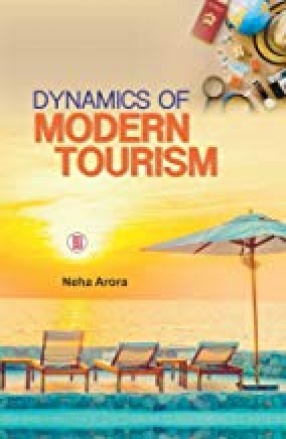
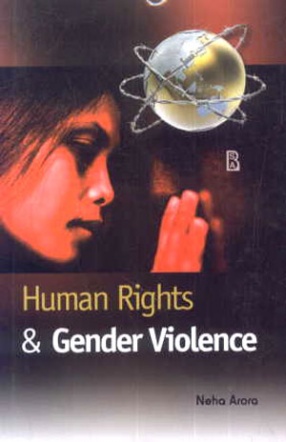
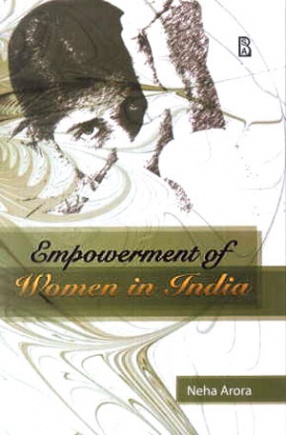
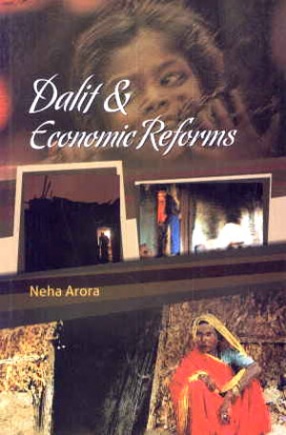
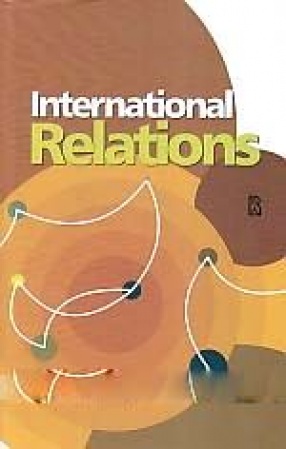
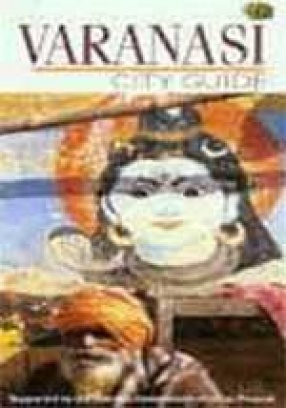
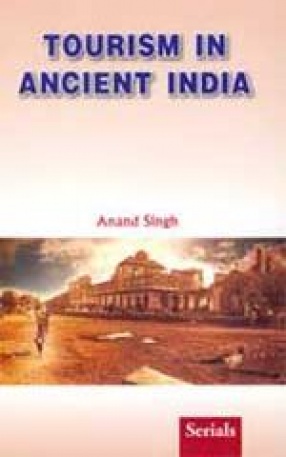
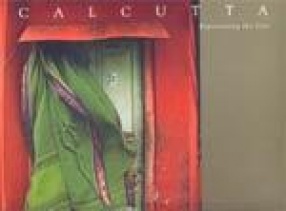
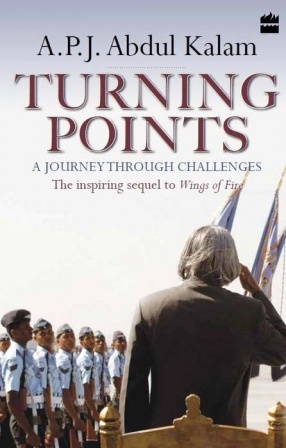

Bibliographic information